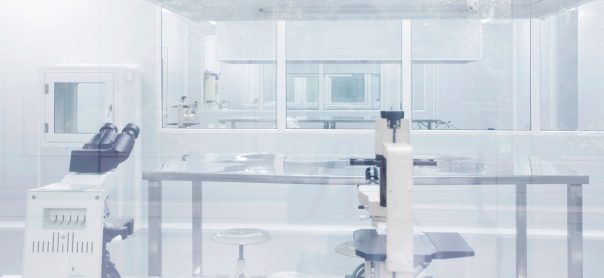The classification of cleanrooms is based on the cleanliness of the air inside them, as determined by the International Organization for Standardization (ISO). To measure and decide an ISO rating, the number and size of particles based on volume in the air needs to be calculated. Micrometers, or microns for short, are what’s tabulated to decide where a cleanroom fits within the ISO’s cleanroom standards and classification system.
The ISO is the principal authority for classifying cleanrooms in the United States and Canada. Cleanrooms follow industry-specific standards which scale across international borders, making standardization key.
What’s the Difference Between Cleanrooms with Different ISO Classifications?
The ISO cleanroom standard classification includes the following cleanroom types: ISO 1, ISO 2, ISO 3, ISO 4, ISO 5, ISO 6, ISO 7, ISO 8 and ISO 9.
ISO 1 is the cleanest class of cleanroom while ISO 9 is the least clean. Even though ISO 9 cleanroom environments are classified as the least clean, they’re still cleaner than a regular room, as a standard office space likely contains more than 1 million particles per cubic meter.
Cleanrooms start at class 10 and scale up as the air inside contains more particles. If a cleanroom has 10 particles per cubic meter, it’s classified as an ISO 1 room according to cleanroom standards.
A key distinction between ISO classes is the amount of air changes that take place within the cleanroom in a given period of time. When air is filtered in a cleanroom more frequently, less particles will be airborne. As a result, an ISO 1 cleanroom will have a lot more HEPA-filtered air cycled through it than an ISO 8 or 9 cleanroom.
ISO 7 and 8 cleanrooms are the most common cleanroom classes used. They are often required for medical device and electronics manufacturing.
ISO Cleanroom Standards Class Chart Breakdown
View the ISO cleanroom standards chart to note the differences.
